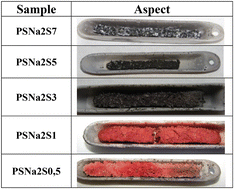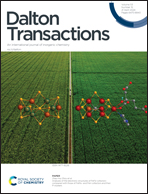Structure and morphology of red pigments based on sepiolite
Abstract
Sepiolite is an important raw fibrous material. A method to prepare red pigments based on sepiolite through the thermal treatment of sepiolite with sulfur and sodium sulfide hydrate is reported. Sepiolite was heated until 800 °C in order to remove zeolitic water, the first coordinated water, the second coordinated water, and structural hydroxyls. Several [S/Na2S]molar ratios in the range 0.5–7 were employed. The properties of these pigments were studied by different analytical techniques, such as colorimetric analysis, thermal analysis, Fourier transform infrared (FTIR) spectroscopy, X-ray diffraction and scanning electron microscopy. The samples with [S/Na2S] = 0.5 and 1, corresponding to high contents of sodium sulfide in the synthesis procedure, exhibit high values of the colorimetric parameter CIE a* and a maximum reflectance in the visible zone belonging to red, based on the red colour of the samples. Under the reducing conditions of the synthesis, sulfur forms polysulfides of the general formula [Sx]2−. The sodium sulfide reacts with the excess S to form polysulfides as well. From the polysulfides, the radical anions of the general formula [Sx/2]˙− originate and they are identified as the chromophore groups responsible for the color in the sulfur-based pigment analogues of ultramarines. The red colour of the samples could be mainly attributed to the presence of S4 and S4˙− identified by FTIR.



 Please wait while we load your content...
Please wait while we load your content...